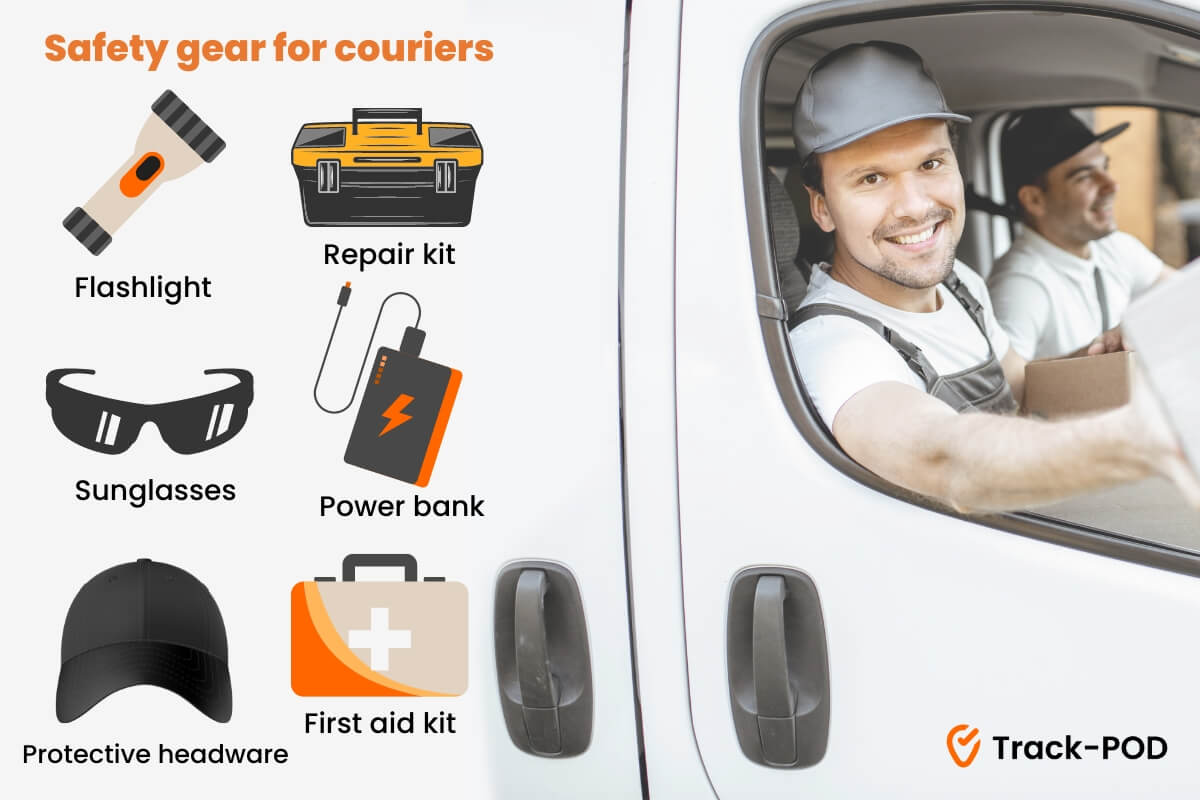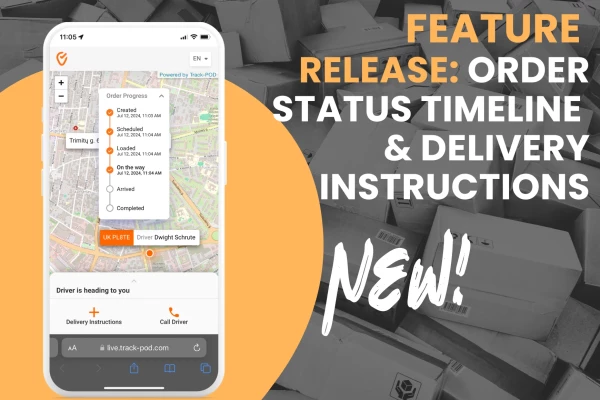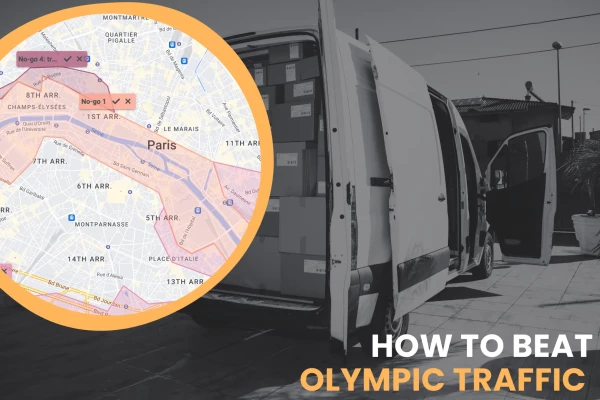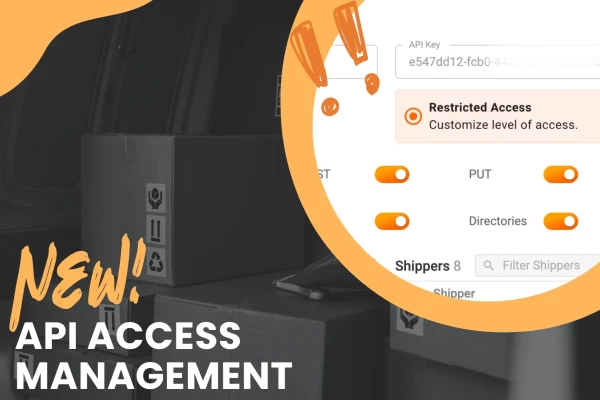Top 4 Last-Mile Delivery Challenges [+ Solutions to Overcome Them]

by
Alina Kostukova
July 04, 2023
'Last mile' may seem like a short distance. However, it creates unique challenges that can significantly impact your company's overall success.
In the last-mile process, goods or services are moved from a distribution hub to the final user. The process can be full of pitfalls that slow things down and make customers unhappy.
This article discusses common issues businesses encounter during the last mile and provides practical solutions to resolve them.
We will look at effective strategies that can pave the way for successful last-mile operations. From surpassing challenging city infrastructure to meeting customer expectations or going green.
1. Infrastructure limitations
One of the primary challenges in last-mile logistics is the state of existing infrastructure.
Cities are becoming more crowded, as are the roads. Congestion, a lack of parking, and narrow streets in urban areas all contribute to a less-than-ideal delivery experience.
Couriers struggle to build efficient routes, and customers are frustrated when they lose track of their orders.
In rural areas, on the other hand, poor road networks and long distances between customers make logistics a lot harder.
Solutions
Customers want their orders delivered quickly and easily, so businesses are developing new delivery methods to deal with infrastructure problems.
Route optimization
Route optimization software can be a big help when planning delivery routes in busy cities.
A route optimization algorithm helps find the shortest and most efficient routes by considering order priority, multiple depots, and driver start and end locations.
An algorithm like that also considers traffic patterns and road conditions to optimize the delivery process further.
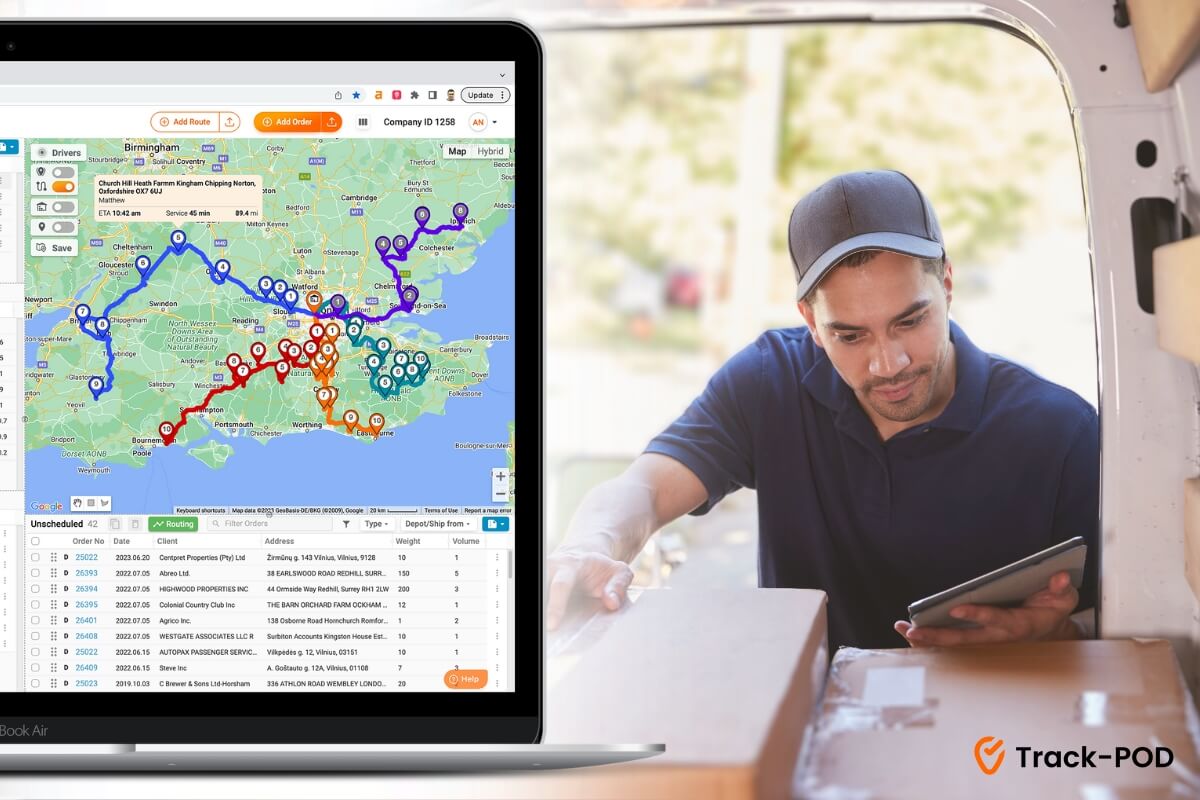
Improved live tracking and GPS
Live tracking empowers businesses to navigate through congested urban areas with precision. Companies can track delivery vehicles using GPS and advanced tracking systems.
With real-time visibility, couriers and dispatchers can quickly address unexpected challenges like detours, lousy weather, or logistical problems.
This level of control makes it easy to make quick decisions and give accurate, up-to-date information to customers.
Additionally, live tracking helps businesses collect data for optimization. Companies can optimize last-mile operations by analyzing delivery patterns, traffic data, and customer preferences.
AVs and drones
Drones and autonomous vehicles offer a futuristic way of dealing with last-mile delivery challenges. These innovative technologies have the potential to transform the way goods and services are transported.
With their ability to fly, drones can greatly help cities with crowded streets and limited parking spaces. These air couriers can quickly deliver packages to customers' doorsteps (or windows), skipping traffic and other road obstacles.
Drone delivery services are currently being tested in the United Arab Emirates, China, Japan, and Australia. Drones can "learn" to deliver anything from a cup of coffee to a life-saving medical device.
Autonomous vehicles is another cutting-edge technology used by some last-mile delivery services. Autonomous vehicles can help in both urban and rural areas.
AVs don't require a driver to get around the city. This method is ideal for the delivery of food and other light packages. AVs are also helping to connect isolated neighborhoods and rural areas that lack reliable transportation.
However, drones and AVs in last-mile operations present some regulatory and safety issues. As these technologies advance, businesses can work with regulators to ensure safe and seamless integration.
2. Safety management
Ensuring the security of goods during the last mile is a significant concern for businesses. Theft, damage, or loss of packages can cost money and hurt your reputation.
Unattended packages left on doorsteps or in other unsafe places can be a tempting target for thieves.
Goods are also vulnerable to damage during the last mile, which can lead to financial losses and customer dissatisfaction. Items might get broken or damaged due to poor handling, inadequate packing, or accidental drops.
Another concern in the final mile is the safety of delivery personnel. Couriers may encounter unpredictable situations, such as dangerous neighborhoods or aggressive animals.
Solutions
Addressing the security problems in the last mile requires a combination of proactive measures. Let's review some ways you can make your last-mile operations safer.
Technologies for theft prevention
Giving customers the option of selecting a specific delivery time slot when they are more likely to be at home is an effective way to prevent package theft.
For instance, you can specify a delivery window in the order settings in Track-POD. As a result, fewer shipments will be left unattended for too long.
Additionally, businesses can invest in technology such as GPS tracking. We've discussed some benefits of investing in good GPS tracking tools.
Regarding theft prevention, GPS technology gives a precise estimated time of arrival (ETA) and real-time tracking via email delivery notifications. So, when the delivery courier comes to the address, the customer will be ready to accept the package.
Electronic proof of delivery (ePOD) tools are another way to solve last-mile delivery problems.
With the help of advanced proof-of-delivery tools like Track-POD, couriers can obtain e-signature from clients and record photo and geostamp proofs of delivery.
This way, couriers can record deliveries and ensure that the parcel is in the right hands or location.
Also, businesses can invest in secure lockers or designated drop-off points where customers can pick up their packages when convenient.
These lockers can be accessed through unique codes or digital keys, ensuring that only the rightful recipient can retrieve their package.
Damage prevention tools
To mitigate the risk of damage during the last mile, logistics companies should prioritize proper handling and packaging. Delivery personnel should be trained to handle fragile items and use appropriate protective materials.
Tracking handling incidents or using packaging sensors can also reveal areas for improvement.
In Track-POD, you can add special instructions for the couriers for every order. If the package is damaged and a customer doesn't want to accept it, a courier can mark it as "Rejected" in the driver app. They can also provide a 'reason for rejection' to add extra details about the damage.
Safety of delivery staff
Ensuring the safety of delivery drivers is crucial in last-mile logistics management. Businesses can provide training on personal safety and equip couriers with safety checklists and gear such as reflective vests, helmets (for bike deliveries), and pepper sprays.
It's essential to have clear communication between couriers and dispatchers so they can quickly report safety concerns or incidents. This allows for immediate action to be taken, such as rerouting or canceling deliveries if necessary.
A well-organized break and lunch schedule can help prevent couriers from getting hurt on the job or getting into traffic accidents.
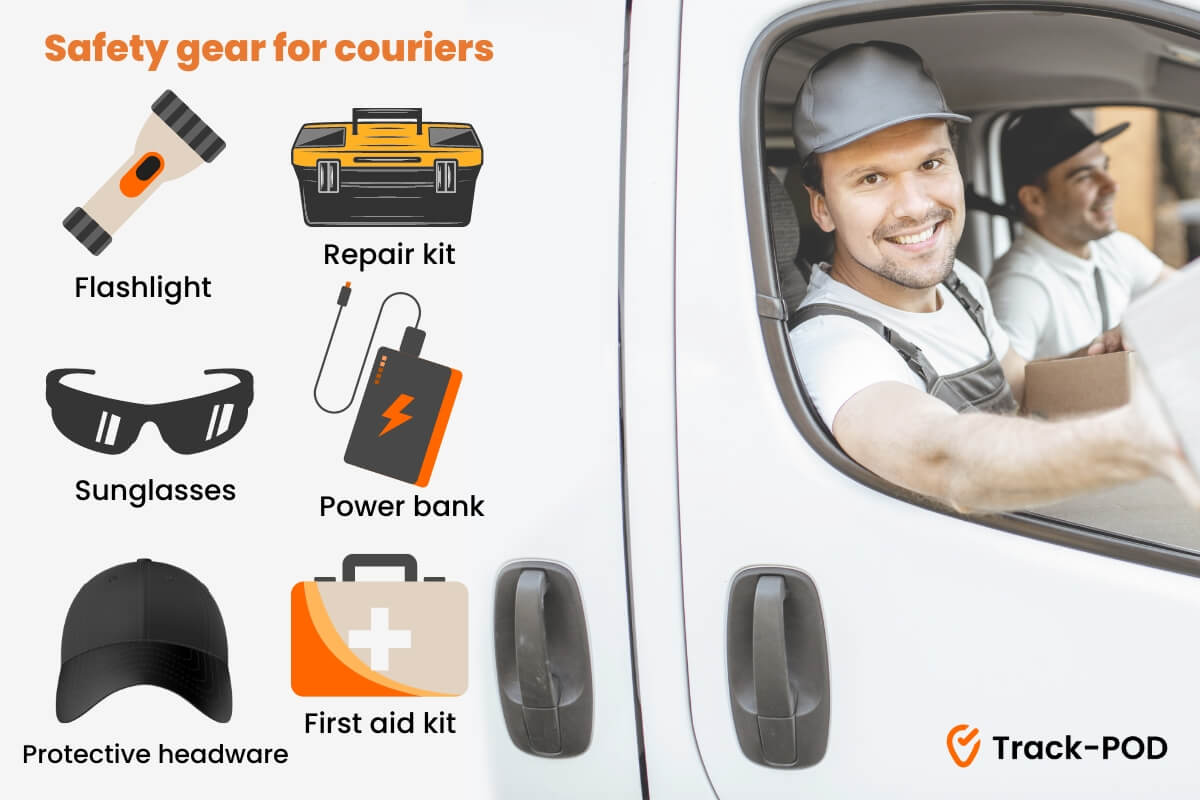
3. Customer expectations
Customers' expectations for a stress-free, hassle-free, and timely delivery experience significantly impact the last mile of delivery.
Businesses are taking steps to exceed these expectations, from on-time deliveries to transparent tracking and convenient delivery options.
However, several challenges can arise in meeting these expectations.
Any delivery company can control external factors that result in failed deliveries, such as traffic accidents, congested urban areas, driver shortages, etc. However, some solutions can help minimize those risks.
Solutions
Achieving consistently high customer satisfaction is challenging but rewarding. Let's review some strategies for meeting customer expectations and exceeding the above challenges.
Route planning
Customers expect their packages to arrive within the specified time frame, and any delays can lead to frustration. To solve this problem, businesses can use advanced software to plan the best delivery routes.
We've already discussed how effective route planning can help when infrastructure is limited. Algorithms for route optimization will also help ensure that all packages are delivered on time and in the proper priority order.
Flexible delivery options
Customers often require flexible delivery options to align with their busy lifestyles. Understanding individual customer preferences is crucial for tailoring the last-mile experience.
Although some clients prefer contactless delivery, others insist on signing for every shipment. Finding a middle ground for your delivery service and customers is essential.
Offering customers options like evening or weekend deliveries, time slots, or the ability to reroute deliveries provides customers with convenience and control.
Collaboration with third-party pickup locations, such as retail stores or secure lockers, is another way to offer more delivery options. Customers can pick up their packages at a time and place that works best for them.
Customers will be more secure if you offer flexible electronic proof of delivery (ePOD) options like e-signature, photo evidence, and custom notes.
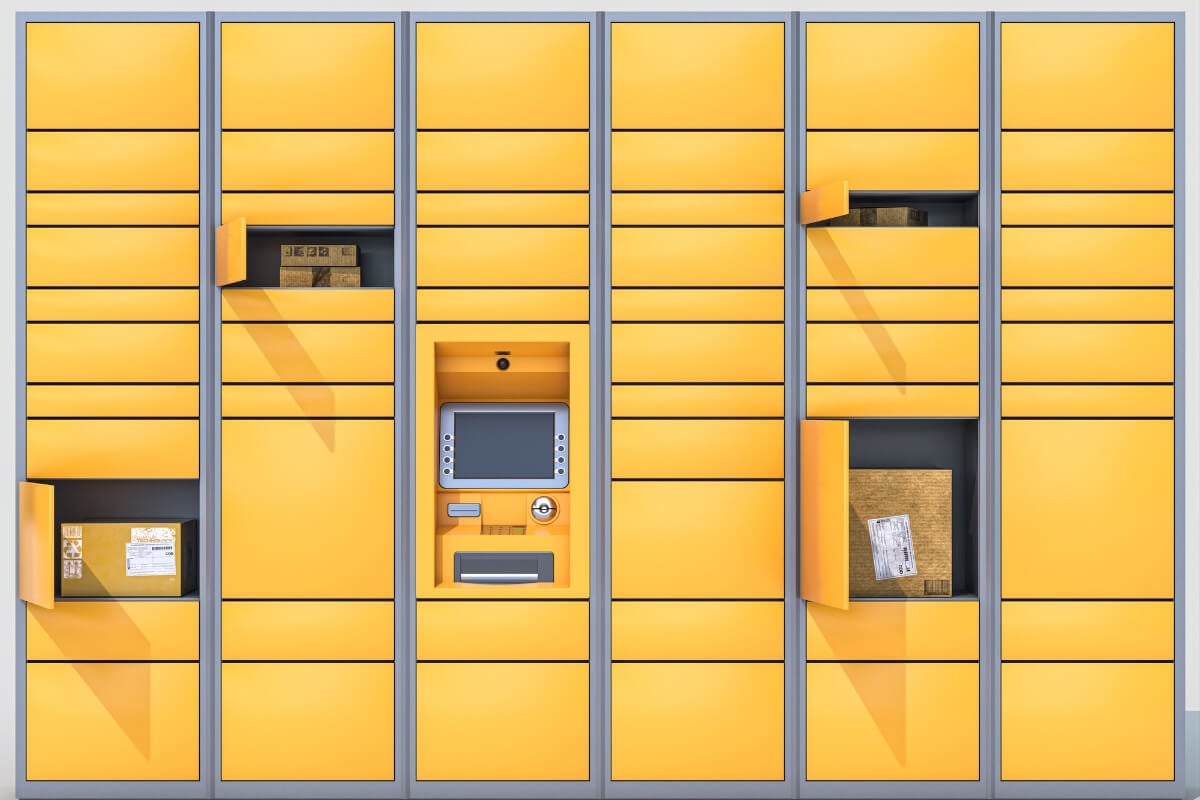
Real-time tracking
Customers expect visibility and transparency throughout the delivery process.
Implementing real-time order tracking systems enables customers to track their packages and receive updates on their estimated arrival time (ETA).
A user-friendly interface or mobile app for tracking allows customers to stay informed and plan accordingly. Proactive notifications, such as delivery arrival alerts or updates on any delivery exceptions, improve the customer experience even further.
Easy returns and exchanges
The ease of returns and exchanges is another vital aspect of the last-mile process.
Straightforward reverse logistics, simple return processes, and partnerships with easily accessible return locations all contribute to a more streamlined return experience for customers.
You can further simplify the process by providing prepaid shipping labels along with transparent return instructions. Effective reverse logistics and timely refunds or replacements will help to meet high customer expectations.
4. Environmental impact
Another last-mile problem we must recognize is the environmental impact of goods transportation. Like every other segment of the supply chain, the last mile contributes to air pollution and raises the carbon footprint.
Traditional delivery methods that rely on fossil fuel-powered vehicles majorly contribute to climate change.
However, businesses can play a pivotal role in minimizing this impact and promoting sustainability. Green logistics is not just a passing trend but the direction many logistics businesses are headed in the near future.
Solutions
The primary goal of green logistics is to transition to more environmentally friendly delivery practices and technologies. Let's discuss some green solutions that your business could explore right now.
Drones and electric vehicles
Businesses are turning to electric vehicles and drones as game-changing ways to make last-mile delivery more sustainable and efficient.
We've already discussed how busy cities and villages with limited infrastructure can benefit from delivery drones.
However, both drones and electric vehicles have another significant advantage. These green logistics options contribute to lower fossil fuel consumption and carbon emissions.
Different kinds of electric vehicles, like small electric cars, e-cargo bikes, and electric scooters, can be an eco-friendly alternative to traditional fuel-powered vehicles.
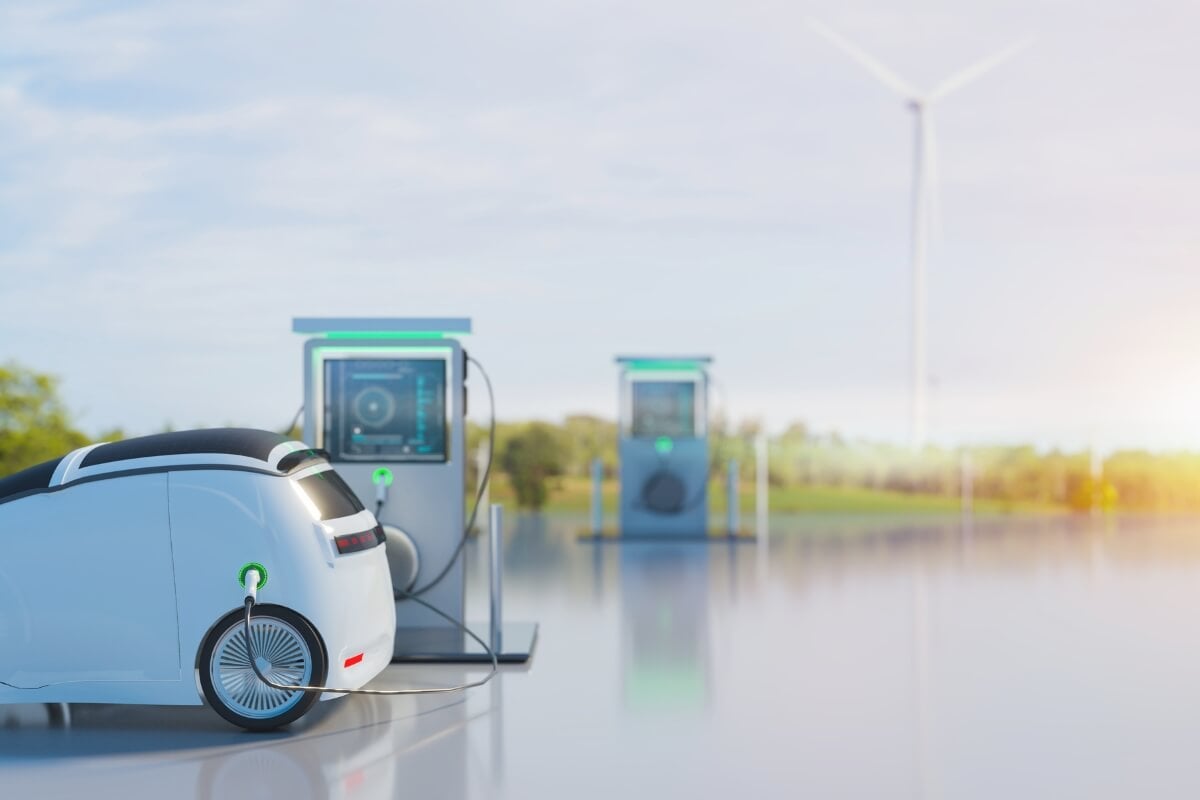
Green packaging
The advent of eco-friendly packaging has revolutionized last-mile delivery, allowing companies to serve their environmentally conscious customers better.
Eco-friendly packaging uses various sustainable materials and design principles to cut down on waste and protect the environment.
By using recycled or biodegradable packaging materials, businesses can significantly cut the amount of trash that can't be recycled and ends up in landfills.
Green packaging solutions make the best use of space, eliminate unnecessary packaging, help save resources, and positively affect the brand.
Biofuel
Biofuel is changing the last mile of delivery by giving businesses a way to use energy that is sustainable, renewable, and less harmful to the environment.
Biofuels are a cleaner alternative to fossil fuels because they are made from organic matter such as plant biomass or waste cooking oils.
By using vehicles that run on biofuel, businesses can reduce their carbon emissions and help improve the air quality in their communities.
Biofuels also promote energy security and resilience by reducing fossil fuel dependence. Businesses can use biofuel to drive toward a greener future while benefiting from a lower environmental footprint, regulatory compliance, and a positive brand image.
Paperless operations
Companies can streamline operations and reduce their environmental footprint by transitioning from traditional paper-based processes to electronic delivery documentation.
One key aspect of the paperless last-mile delivery process is adopting electronic proof of delivery (ePOD).
ePOD allows delivery personnel to capture and transmit real-time delivery confirmation electronically. It eliminates the need for time-consuming paper documentation.
Adopting electronic delivery invoices, notes, and bills of lading, among other delivery documentation, is an effective way to reduce environmental impact.
Digital records are easier to organize, update, access, and store, which improves efficiency and lowers administrative costs.
Wrapping up
Now that we've talked about the key last-mile challenges, let's sum up the main problems and solutions.
- Infrastructure limitations: Urban congestion and poor rural road networks create delivery hurdles.
Solution: Implement route optimization software for efficient delivery routes, improve live tracking and GPS systems, and explore the potential of autonomous vehicles and drones.
- Last-mile security: Theft, damage, and safety concerns are significant issues for last-mile delivery.
Solution: Offer theft prevention measures like specific delivery time slots, GPS tracking, and electronic proof of delivery (ePOD) tools. Focus on damage prevention through proper handling and packaging. Ensure delivery staff safety with training, safety gear, and effective communication.
- Customer expectations: Meeting customer expectations for on-time, stress-free deliveries is crucial.
Solution: Optimize routes and provide flexible delivery options to accommodate busy lifestyles. Offer real-time tracking for transparency and proactive notifications for updates. Streamline return and exchange processes for a seamless customer experience.
- Sustainability and environmental impact: Traditional delivery methods contribute to carbon emissions.
Solution: Explore green logistics options such as drones, electric vehicles, and biofuels to reduce the environmental footprint. Adopt eco-friendly packaging materials and shift towards paperless operations with electronic delivery documentation.
These solutions will help your company find creative answers to last-mile problems, boost customer satisfaction, and remain competitive in the dynamic e-commerce space.
If you have any questions about last mile logistics solutions offered by Track-POD, book a free custom demo and we'll give you a guided tour.
About The Author
Alina Kostukova
Skilled marketing content creator with a background in digital media and public relations. Focused on creating first-rate text and visual content that stands out and tells compelling stories.

